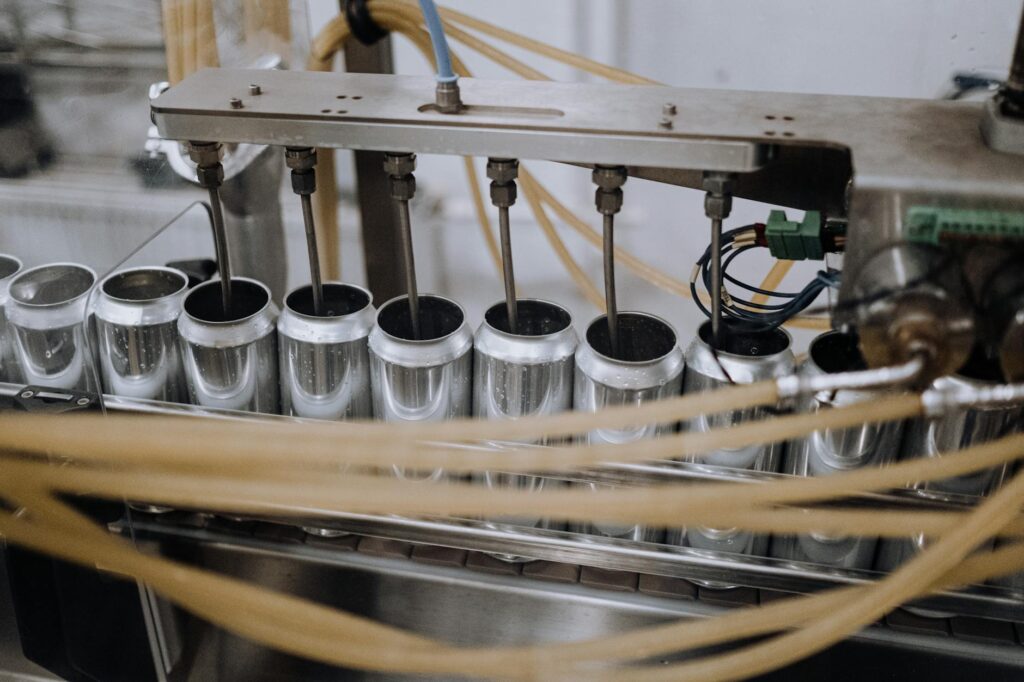What is workflow automation techniques?

What is Workflow Automation Techniques?
In today’s fast-paced work environment, efficiency is king. As businesses strive to maximize output while minimizing errors, workflow automation techniques have emerged as a vital solution. These methods streamline various processes, allowing teams to focus on what truly matters—innovation and growth. By automating repetitive tasks, organizations can save time, reduce the chance of mistakes, and improve overall productivity.
Understanding Workflow Automation
Workflow automation refers to the use of technology to execute recurring tasks or processes in a business where manual effort is minimized. Unlike traditional workflows that rely heavily on human intervention, automated workflows use predefined rules to trigger actions.
Definition and Importance
At its core, workflow automation simplifies and enhances intricate business processes. By eliminating repetitive tasks, it allows employees to concentrate on strategic aspects of their jobs. This is particularly crucial in today’s digital landscape, where speed and accuracy significantly impact competitiveness. For instance, many organizations have adopted tools for automating their email marketing campaigns, which not only improves efficiency but also allows for personalized customer engagement.
Key Benefits of Workflow Automation Techniques
- Time-Saving: Automated workflows mean that tasks are executed faster than manual processes, whether it’s sending follow-up emails or processing orders.
- Error Reduction: Automation minimizes human error, ensuring consistency in task execution. This reliability can significantly boost customer satisfaction.
- Improved Organization: With automated systems in place, team members can better track progress and deadlines, enhancing overall project management.
- Cost Efficiency: Reducing the time and resources spent on manual tasks can lead to substantial savings for businesses.
- Scalability: As businesses grow, automated workflows can easily be scaled to handle increased workload without the need for additional personnel.
For further insights on the benefits of workflow automation, you can explore this article.
Common Workflow Automation Techniques
There are several widely-used techniques in the field of workflow automation, each tailored to meet specific organizational needs.
Email Automation
Email automation is one of the most effective ways to streamline communication. By setting up automated email responses for customer inquiries or follow-up messages, businesses can ensure timely communication without overwhelming staff. This technique not only saves time but also enhances customer experience by providing immediate responses.
Task Management Software
Task management tools play a pivotal role in automating workflows. These platforms allow teams to assign tasks, set deadlines, and track progress all in one place. This integration minimizes the chances of tasks slipping through the cracks and keeps everyone on the same page.
Integration of Applications
Connecting different applications through automation tools can significantly enhance workflow efficiency. For example, integrating a customer relationship management (CRM) system with an email marketing platform can ensure that leads are automatically added to marketing campaigns, streamlining efforts and saving time. To learn more about automating applications, check out this resource.
Implementing Workflow Automation Techniques
Implementing workflow automation is not just about choosing the right tools; it requires a strategic approach to ensure effectiveness.
Identifying Repetitive Tasks
The first step in automation is recognizing tasks that are repetitive and time-consuming. This might include data entry, report generation, or scheduling meetings. By identifying these tasks, businesses can focus on automating processes that will yield the most significant benefits.
Choosing the Right Tools
Selecting the right automation tools is crucial. Look for software that aligns with your specific needs, is user-friendly, and offers good customer support. Criteria such as integration capabilities and scalability should also be considered. For helpful criteria on software selection, refer to this guide.
Monitoring and Adjusting Workflows
Once automation is in place, continuous monitoring is essential. Regularly assess the performance of automated workflows and make adjustments as necessary. This iterative process helps ensure that workflows remain effective and adapt to any changes in business processes.
Challenges in Workflow Automation and How to Overcome Them
While workflow automation offers numerous benefits, challenges can arise during implementation.
Resistance to Change
One of the most common challenges is resistance from team members who may be hesitant to adopt new technology. To overcome this, it’s essential to communicate the benefits of automation clearly and provide training to ease the transition. Engaging team members in the process can also reduce resistance, as they feel more involved in decision-making.
Technical Issues
Technical difficulties can pose significant hurdles when implementing automation. It’s important to have a contingency plan and access to technical support. Regular system updates and maintenance can also help mitigate these issues, ensuring smooth operation.
Conclusion
In summary, workflow automation techniques are essential for any business seeking to enhance productivity and reduce errors. By implementing these techniques, organizations can streamline processes, save time, and ultimately improve their bottom line. As we move further into an era where efficiency and accuracy are paramount, exploring and adopting workflow automation is not just a choice but a necessity for thriving in the competitive business landscape. Start your journey into automation today and watch your organization transform!

Photo by cottonbro studio